
- Email yeldocollegesmd@gmail.com
- CALL +91 98468 77776 +91 98461 10506

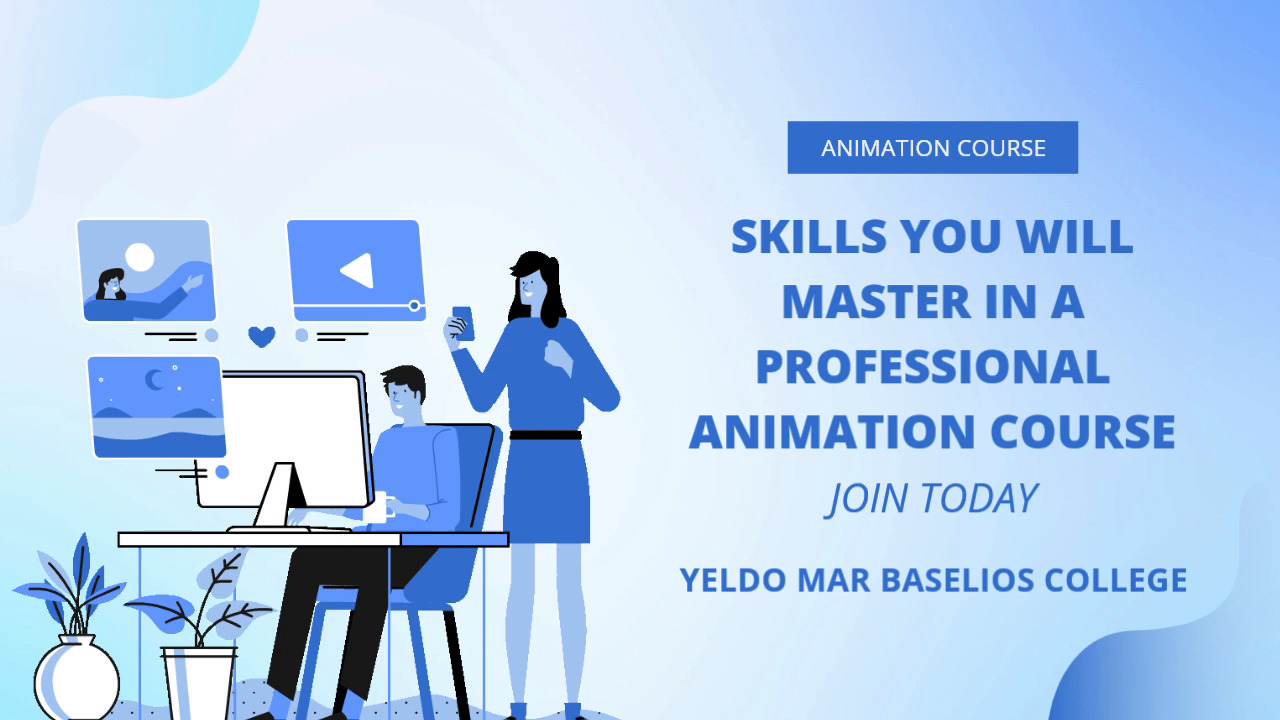
A professional training program in animation provides you with the combination of innovation and technical expertise required to make a career in the expansive world of animation nowadays. Recall the most recent animated movie that you could not get out of your mind. Every frame worked because animators mixed imagination with technique. With digital content in demand everywhere, animation has turned into a strong career choice. A professional course introduces you to what animation is and the main techniques, the tools used, and the skills needed to build a future in this field.
Animation is the art of creating movement from still images. It gives life to drawings, models, or objects by arranging them frame by frame. This art of movement shapes digital content across film, advertising, and gaming.
The main types are:
From Steamboat Willie to modern blockbusters, animation continues to drive visual storytelling in the creative industry.
A professional animation course helps to balances creative practice with technical training and these are the skills, which makes you to master.
Good animation starts with design basics. Visual design principles such as color theory, typography, and composition shape the way stories look and feel. Balance, contrast, and branding form the groundwork before movement begins.
Both 2D animation techniques and 3D animation techniques are taught and students practice keyframes, tweening, and frame-by-frame drawing in 2D, and explore modeling, texturing, and character rigging in 3D. Software includes Adobe Animate, Toon Boom Harmony, Blender, and Maya.
Animators depend on tools. Courses give time with animation software such as Photoshop, Illustrator, After Effects, Premiere Pro, Blender, and Maya. Knowing these industry-standard tools and other digital art software keeps work professional and efficient.
Animation is storytelling, with storyboarding; students can prepare visual scripts that set pacing, shots, and angles. You can learn to sketch scenes and build visuals based on that. This step organizes the animation narrative before production begins.
Modern content often blends design with motion graphics and VFX. Skills like kinetic typography, logo animation, motion tracking, and compositing are built using tools such as Adobe After Effects and Premiere Pro.
Characters hold the audience’s attention. Character design training covers anatomy, proportion, and posing, while character development explores expression and visual identity. The goal is to create characters that feel alive and memorable.
Animation teams rely on collaboration. Courses focus on soft skills like clear communication, creative problem solving, and teamwork. Handling feedback and adapting to client needs are everyday parts of the job.
Technical training is significant, but having some personal traits and habits are what really makes successful animators succeed. Courses provide structure, but success also depends on habits and traits:
Animators rely on a variety of software, each designed to handle different parts of the creative process. Studios and freelancers use a mix of programs:
Animators use a wide range of powerful digital tools to bring their visions to life.
Each tool supports a different part of production, and learning them prepares you for real projects.
The best approach is steady practice and the right tools. Beginners often start with Adobe Animate or Procreate for 2D and Blender for 3D. Later, moving to platforms like Autodesk Maya builds professional depth.
Formal training speeds up the journey. Yeldo Mar Baselios College in Kothamangalam, Kerala, offers a Digital Art & Animation program designed with industry input. Alongside software, the course teaches core principles such as timing, squash and stretch, and staging.
Animation is where the art meets technology in order to make stories that people remember. As you study design, storytelling, software and character building, you get ready to enter the careers in film, gaming and advertising.
It is time to take it to the next level and Yeldo Mar Baselios College provides the comprehensive 3D Animation course in Kerala. It provides you with the means to translate concept to completed work and begin a professional animation career; in addition, it provides practical training and experienced mentors.
Tags: top skills you will master in a 3d animation course
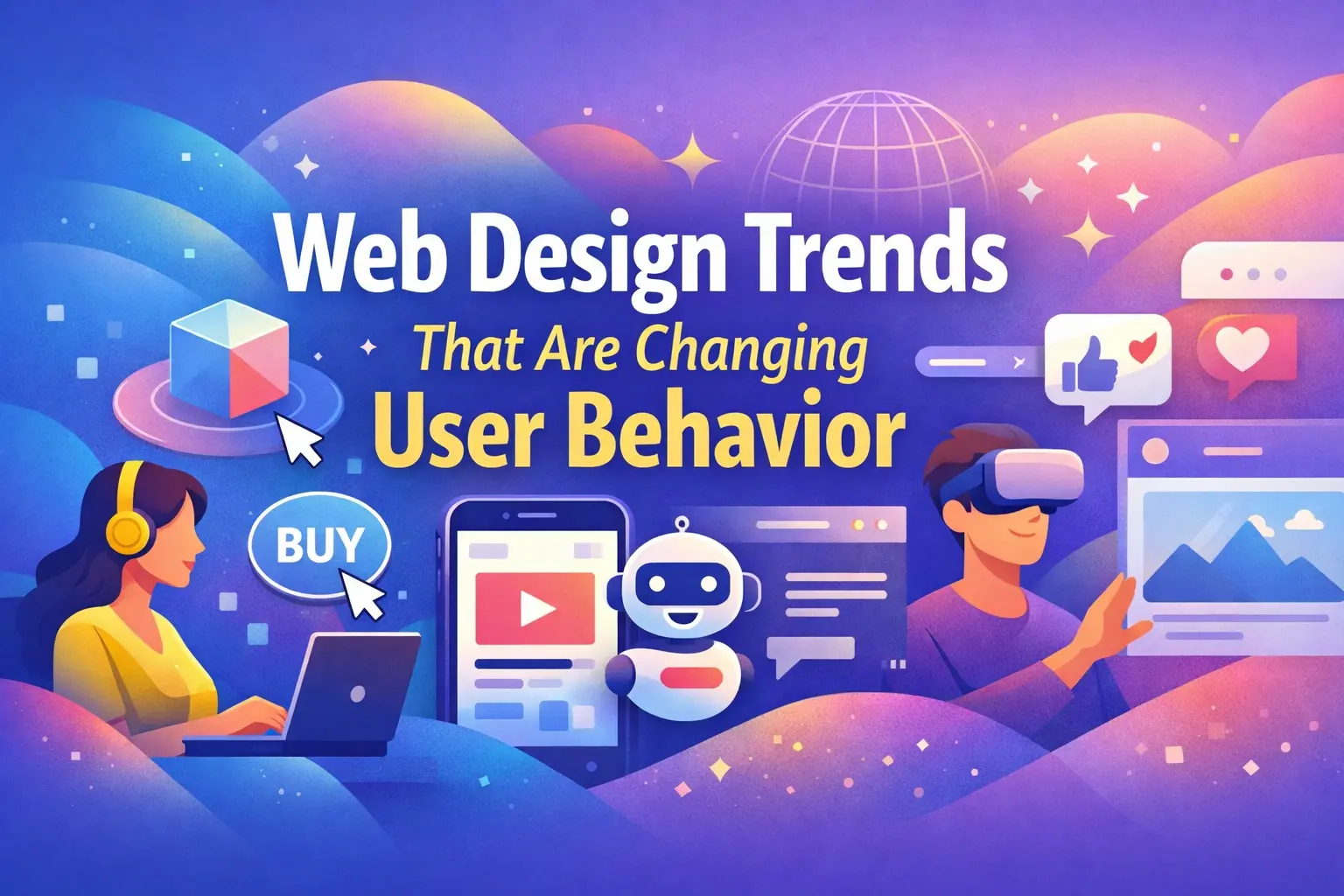
January 09, 2026
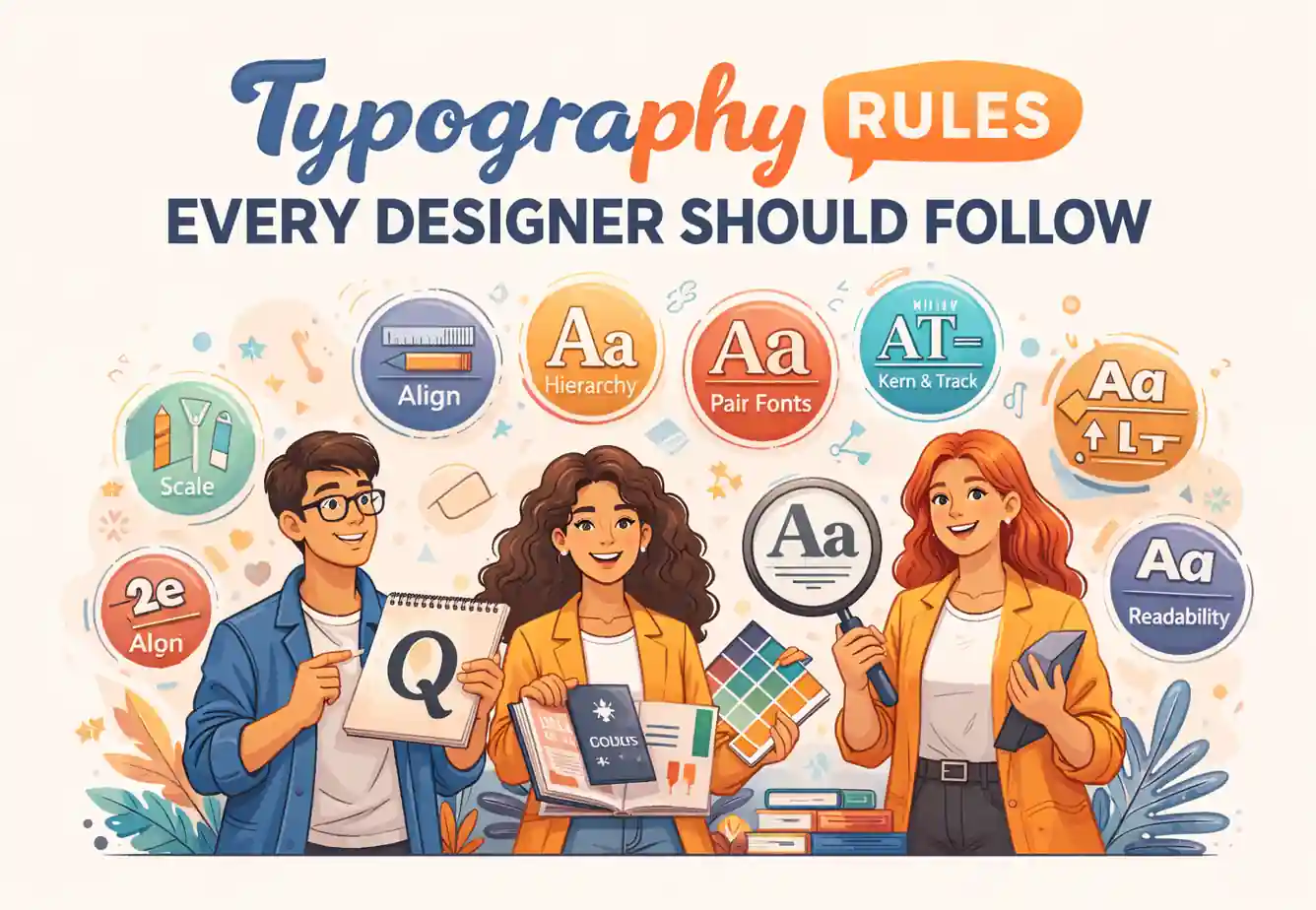
January 07, 2026
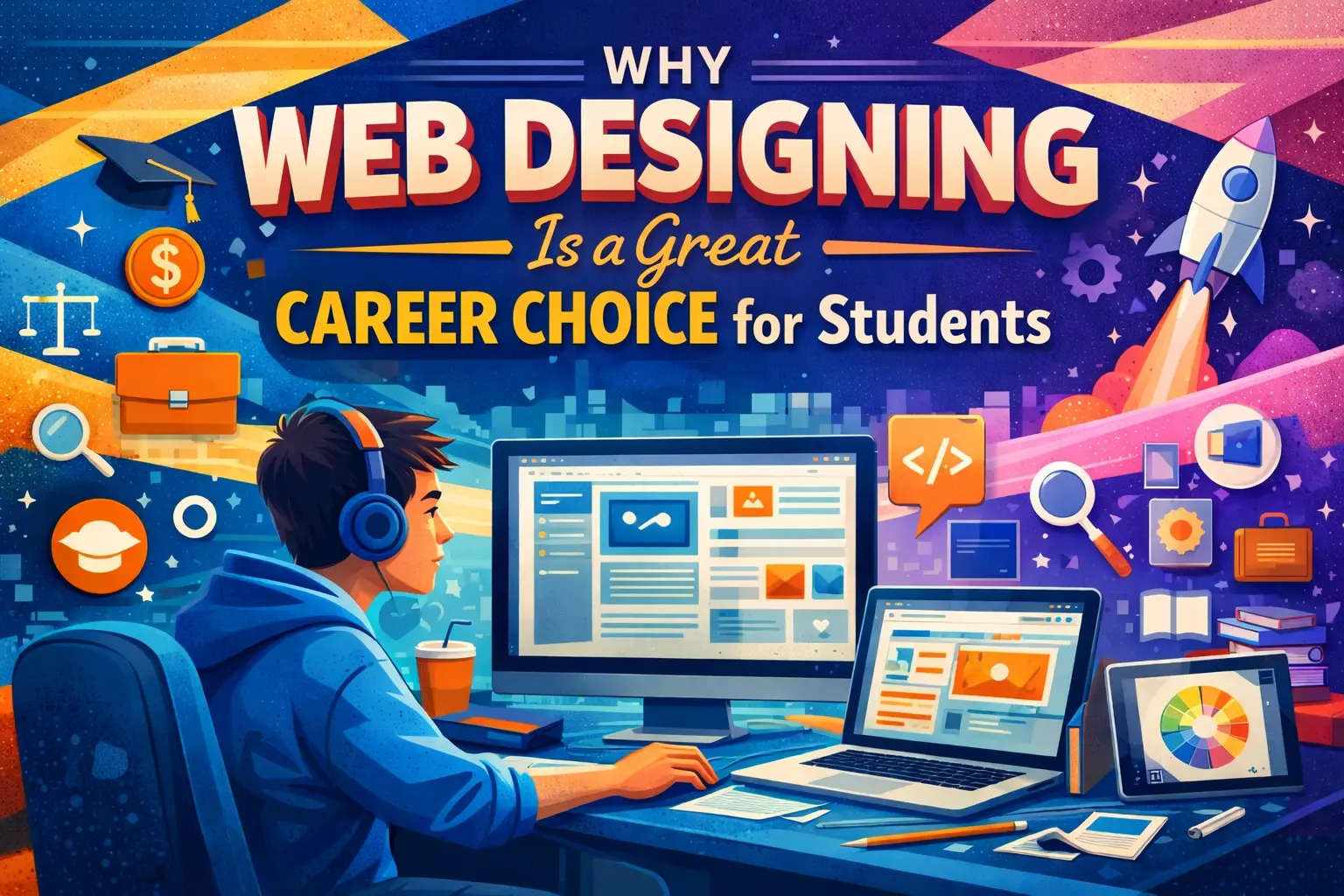
December 29, 2025
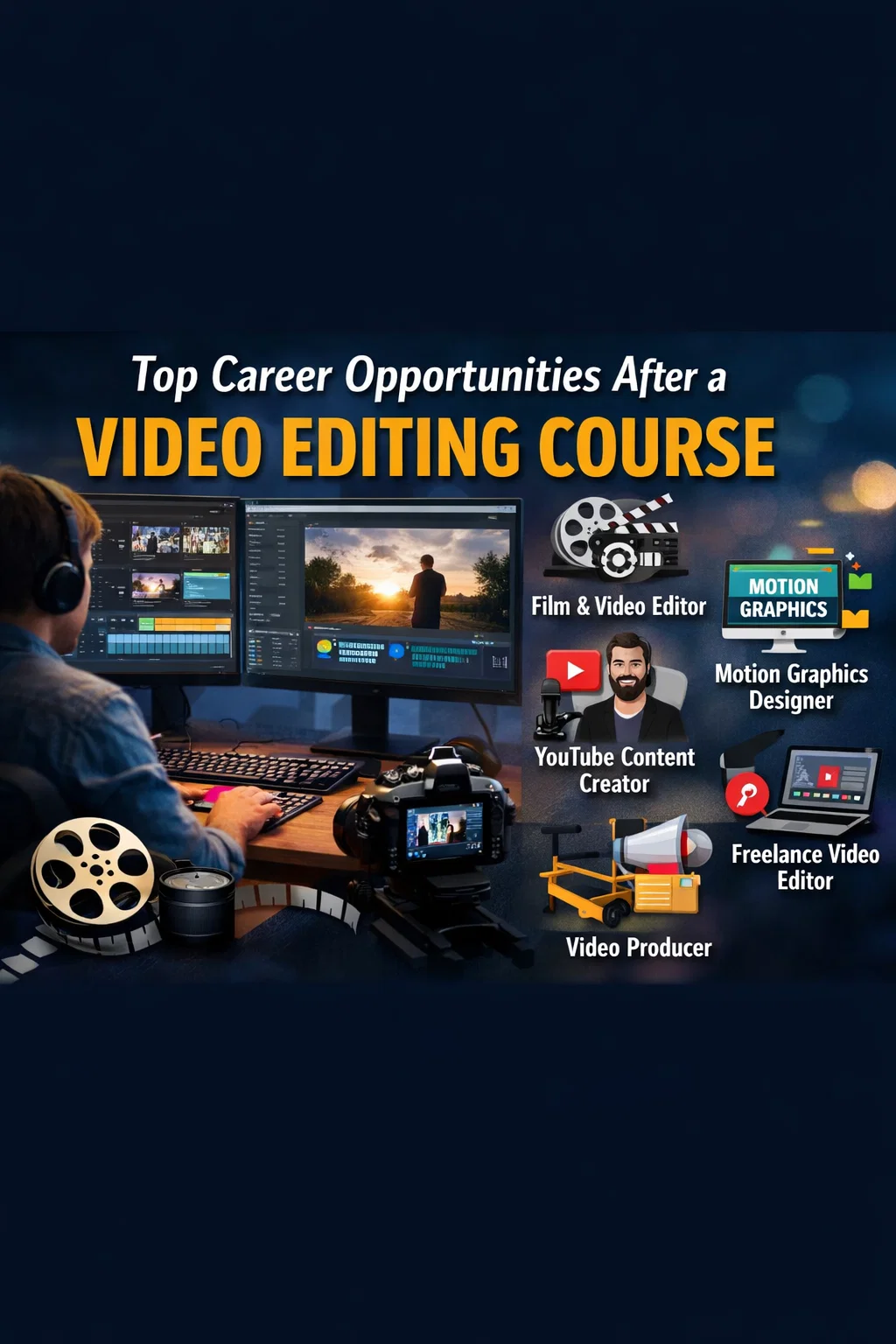
December 26, 2025
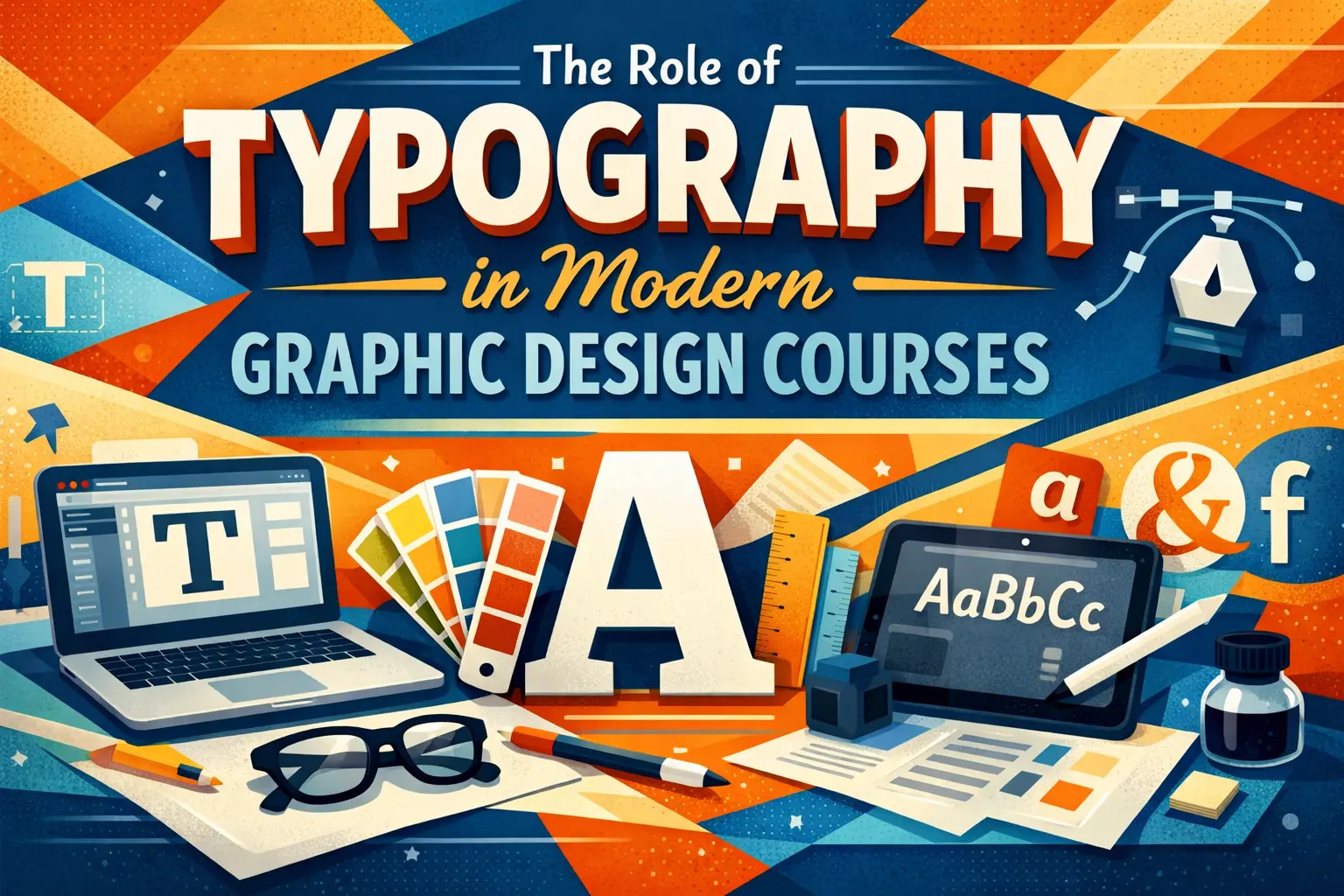
December 24, 2025

December 17, 2025
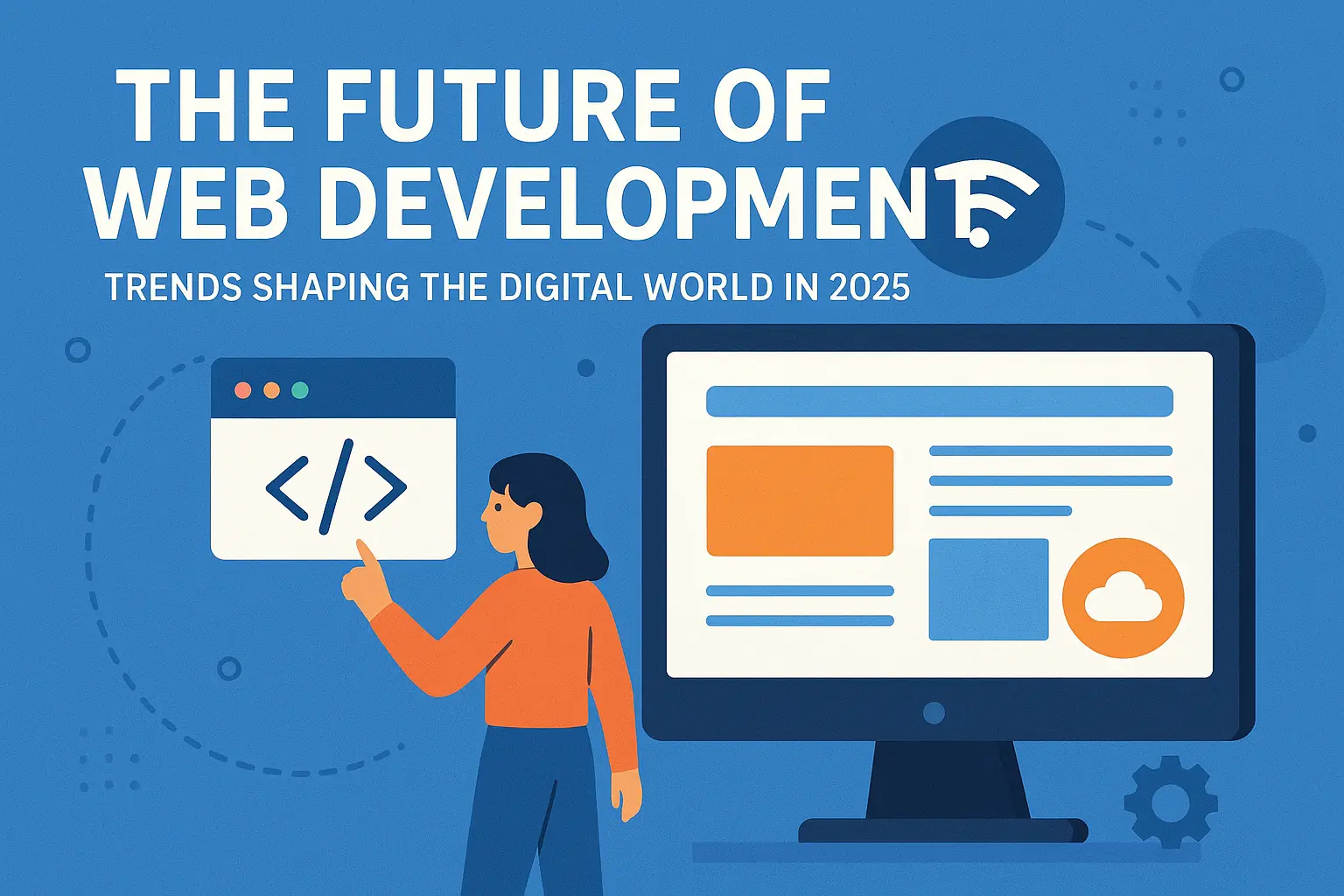
November 26, 2025
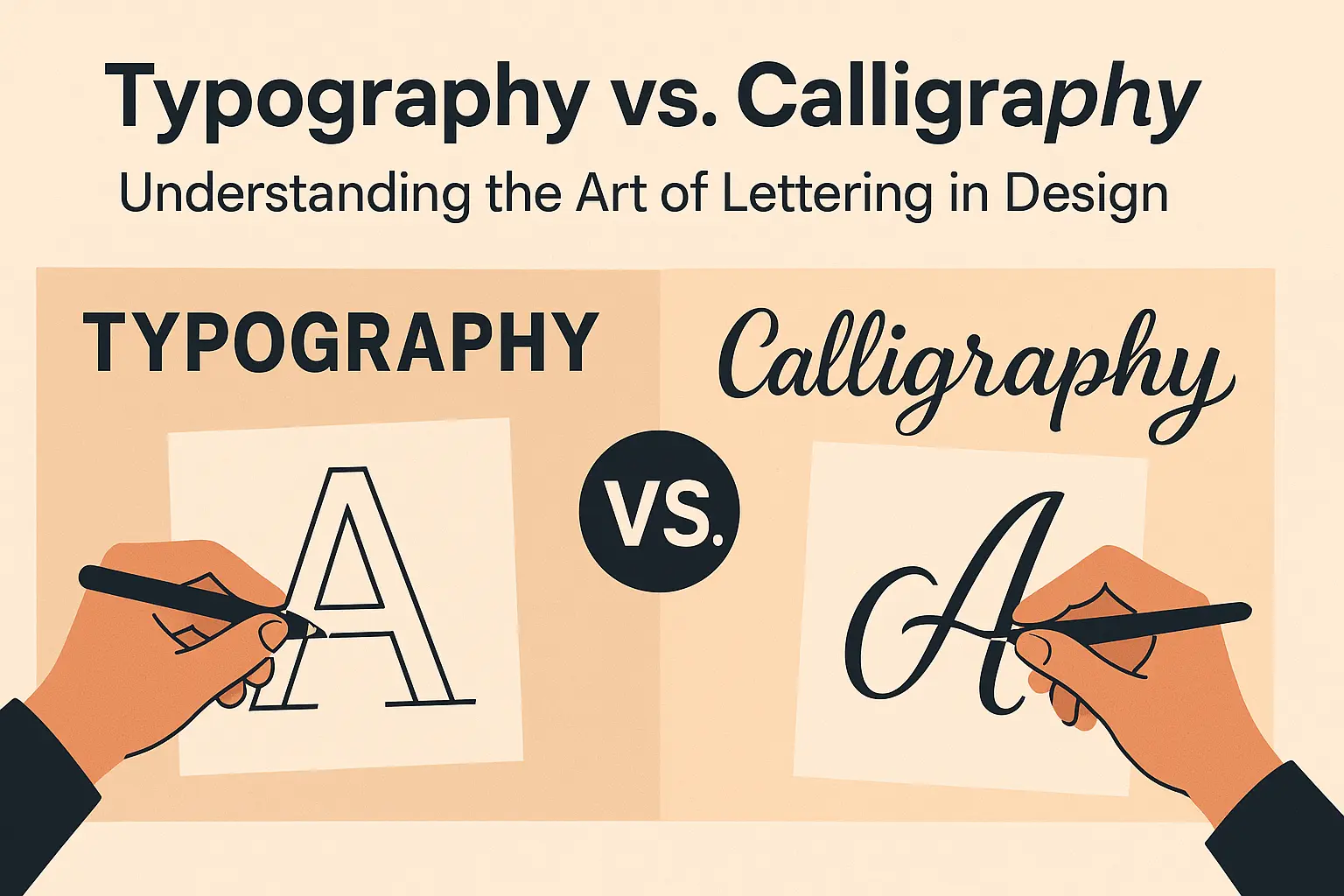
November 24, 2025
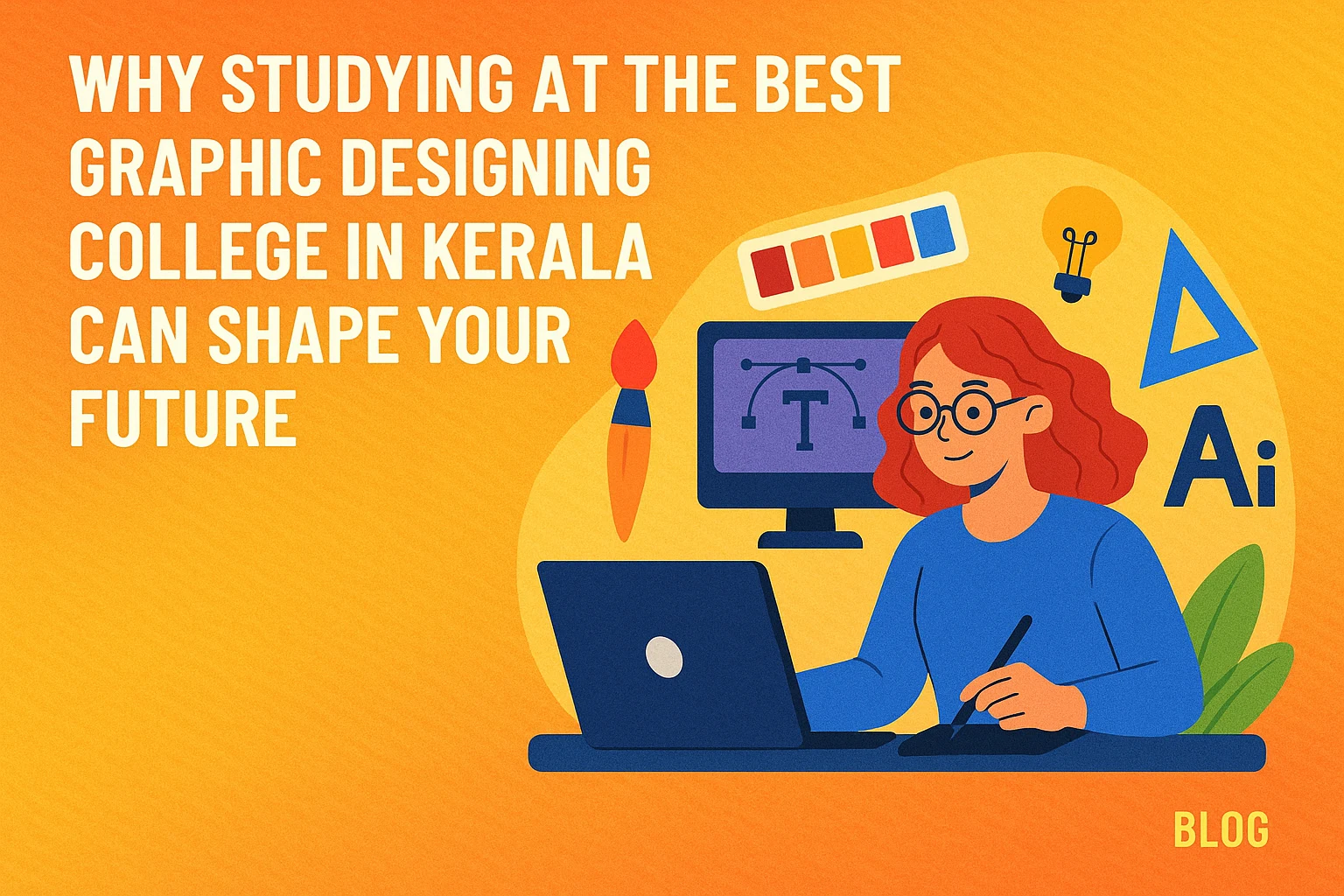
November 12, 2025
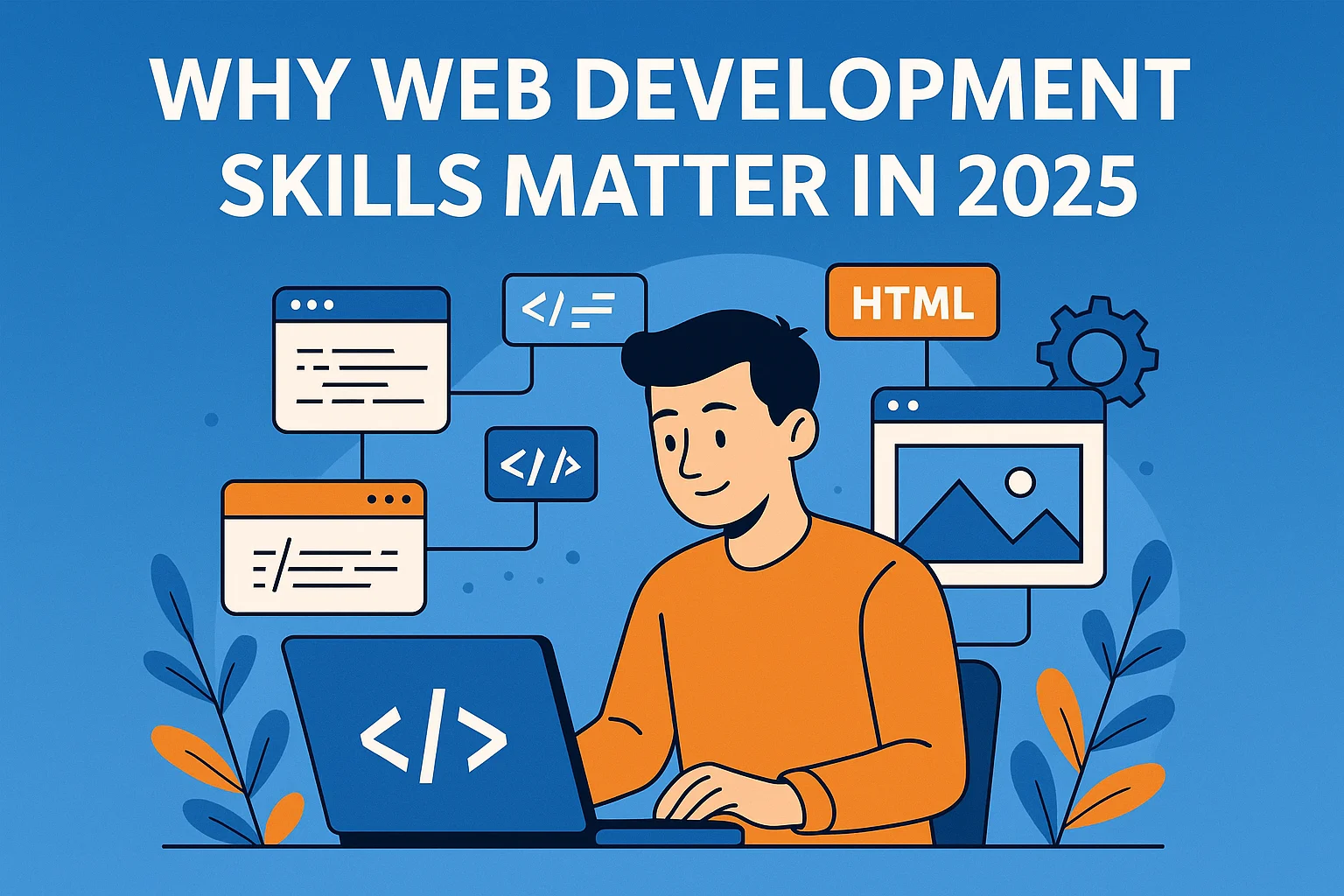
November 12, 2025
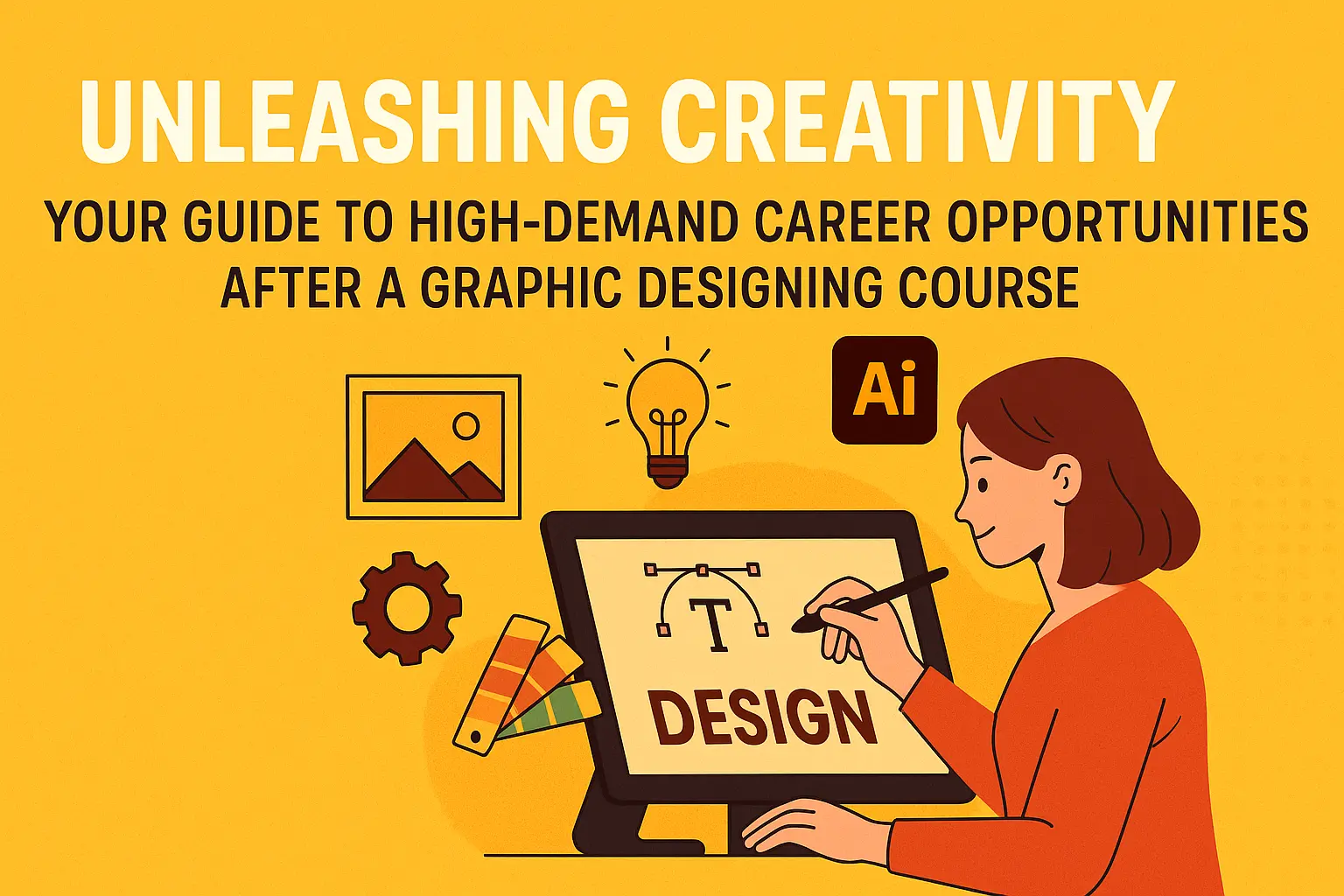
October 30, 2025
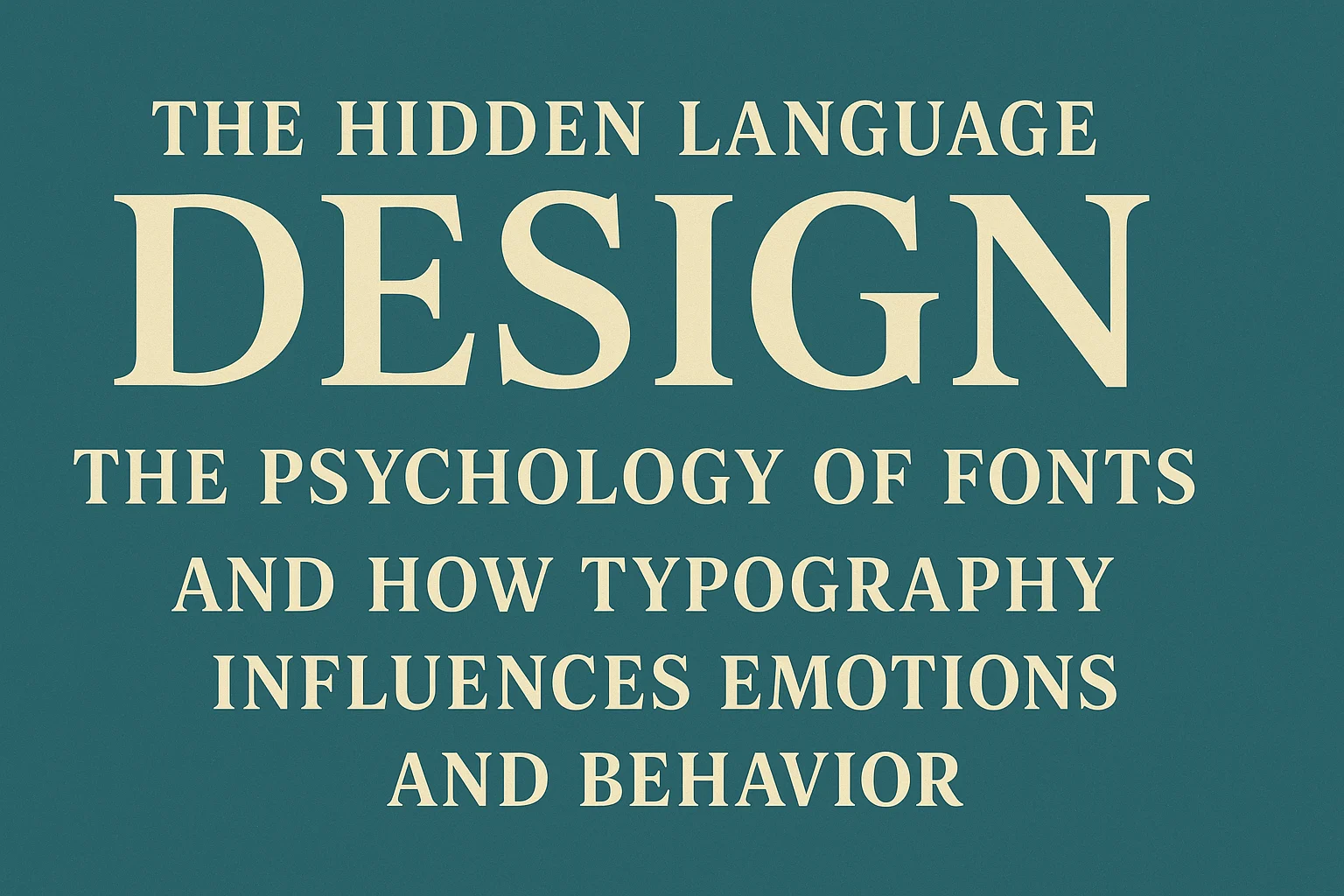
October 25, 2025
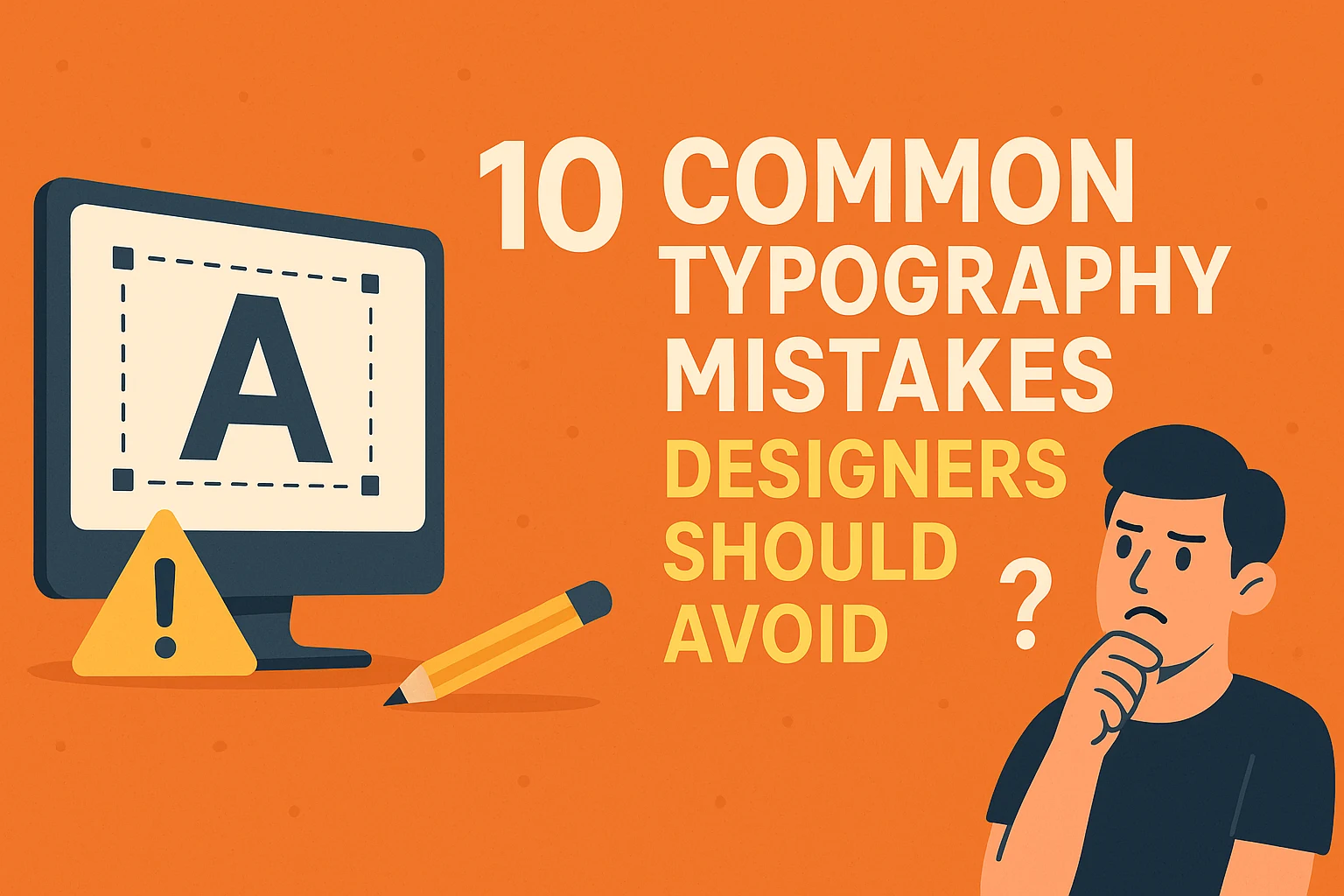
October 25, 2025
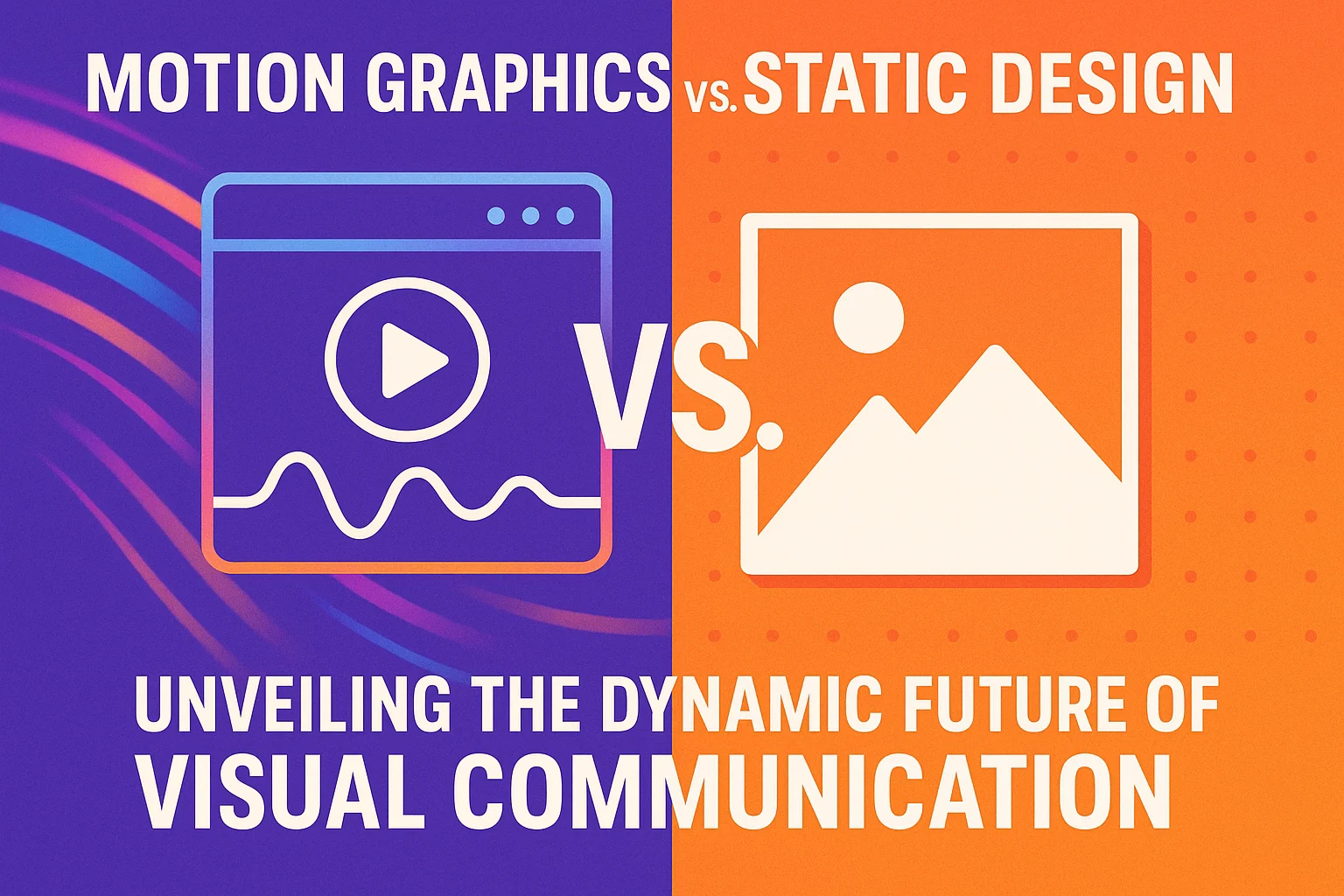
October 25, 2025
September 27, 2025
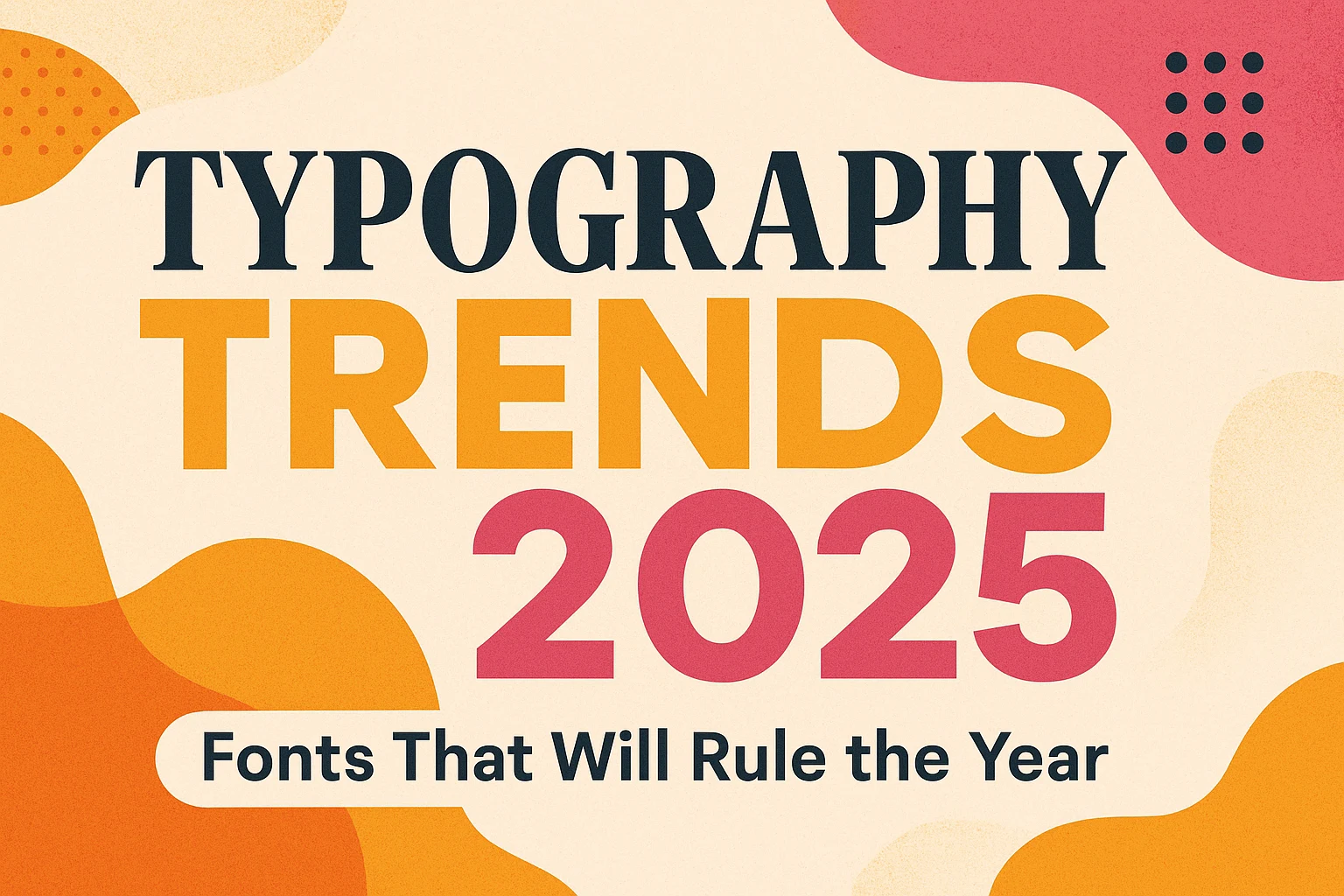
September 22, 2025
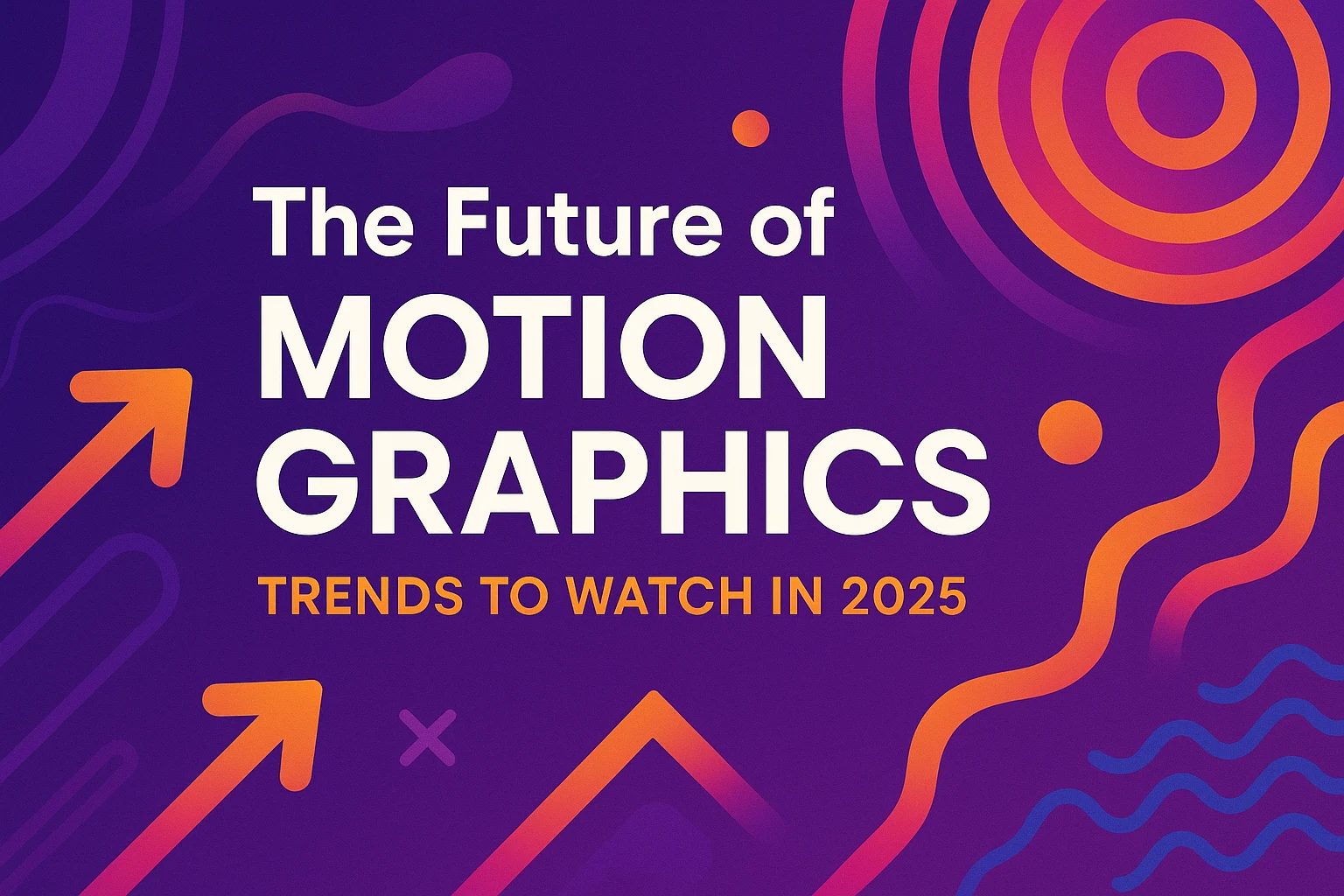
September 22, 2025
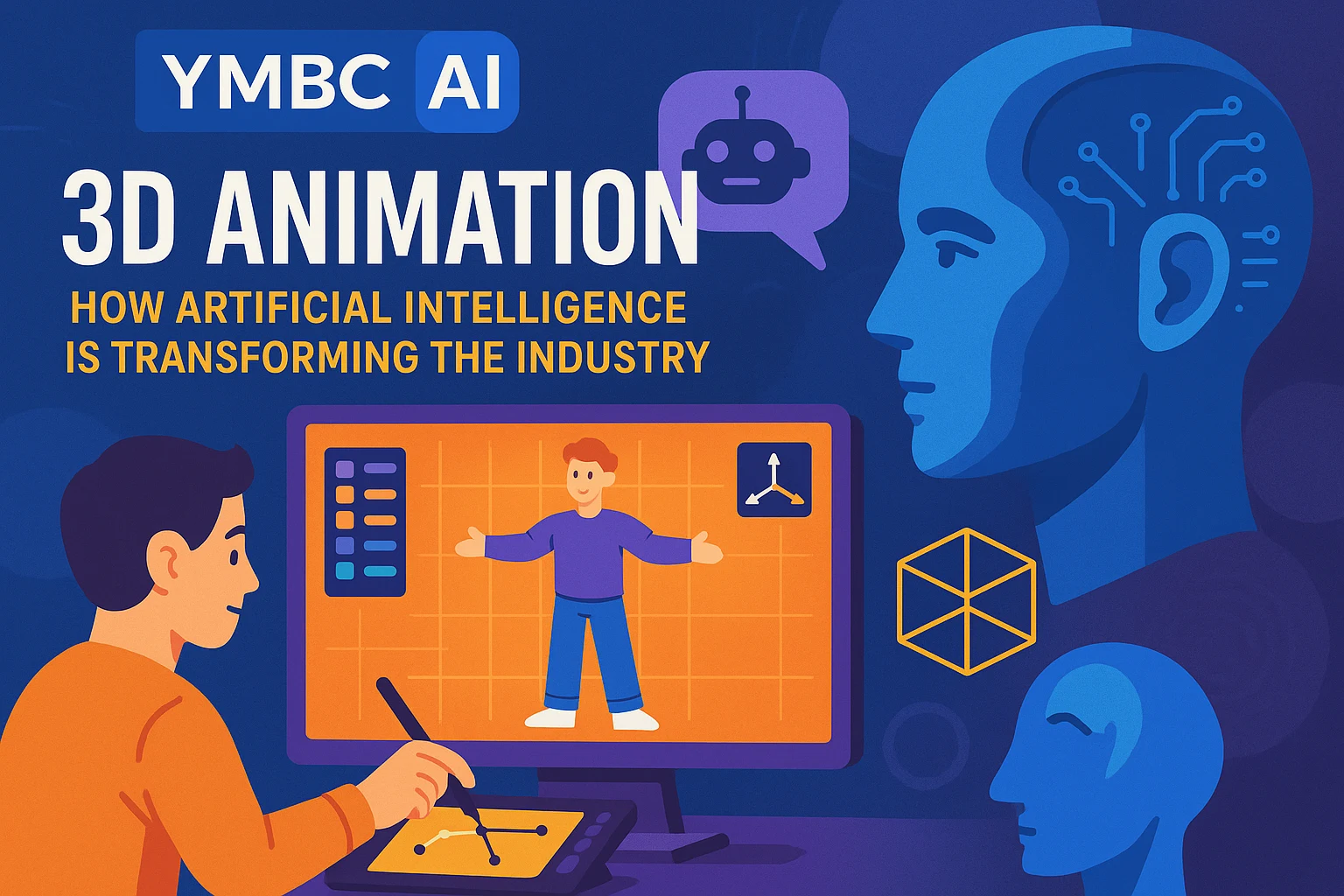
September 19, 2025

August 22, 2025
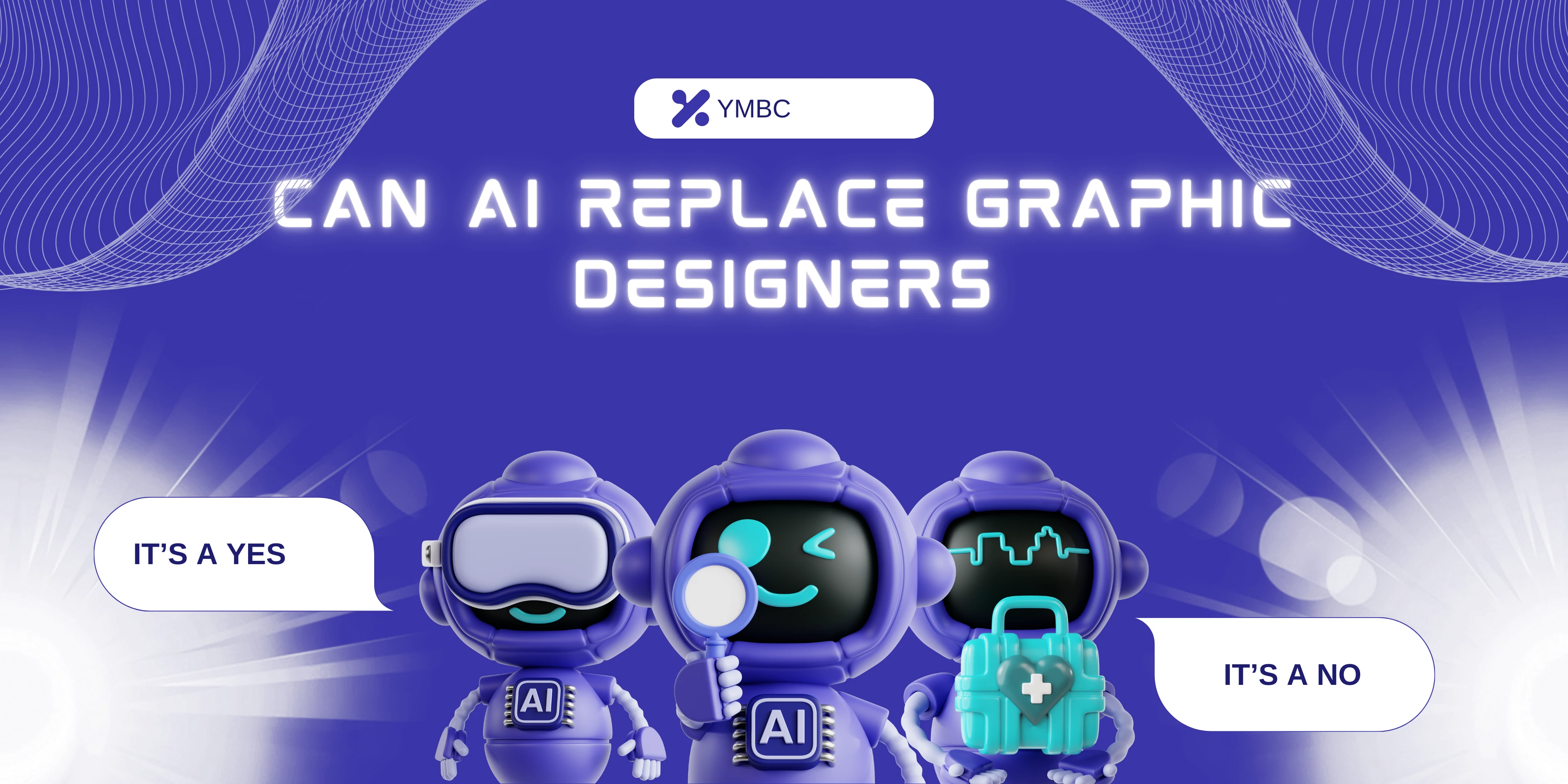
August 22, 2025
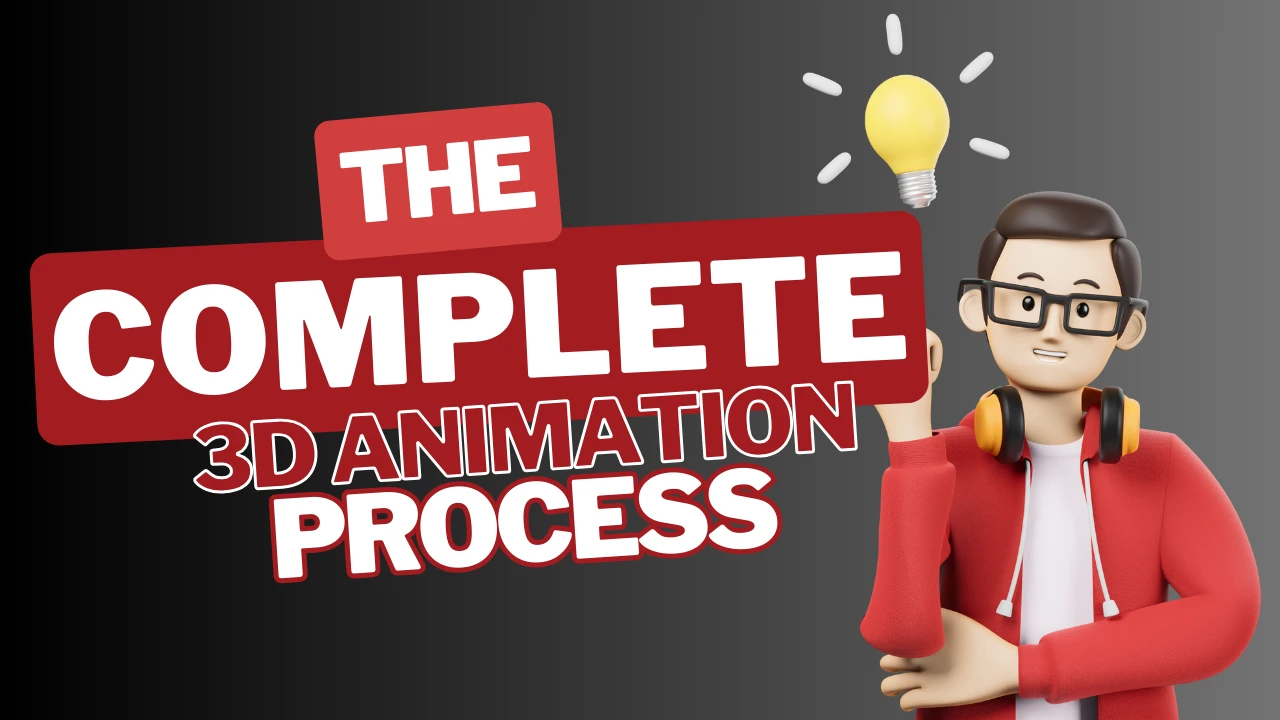
August 22, 2025
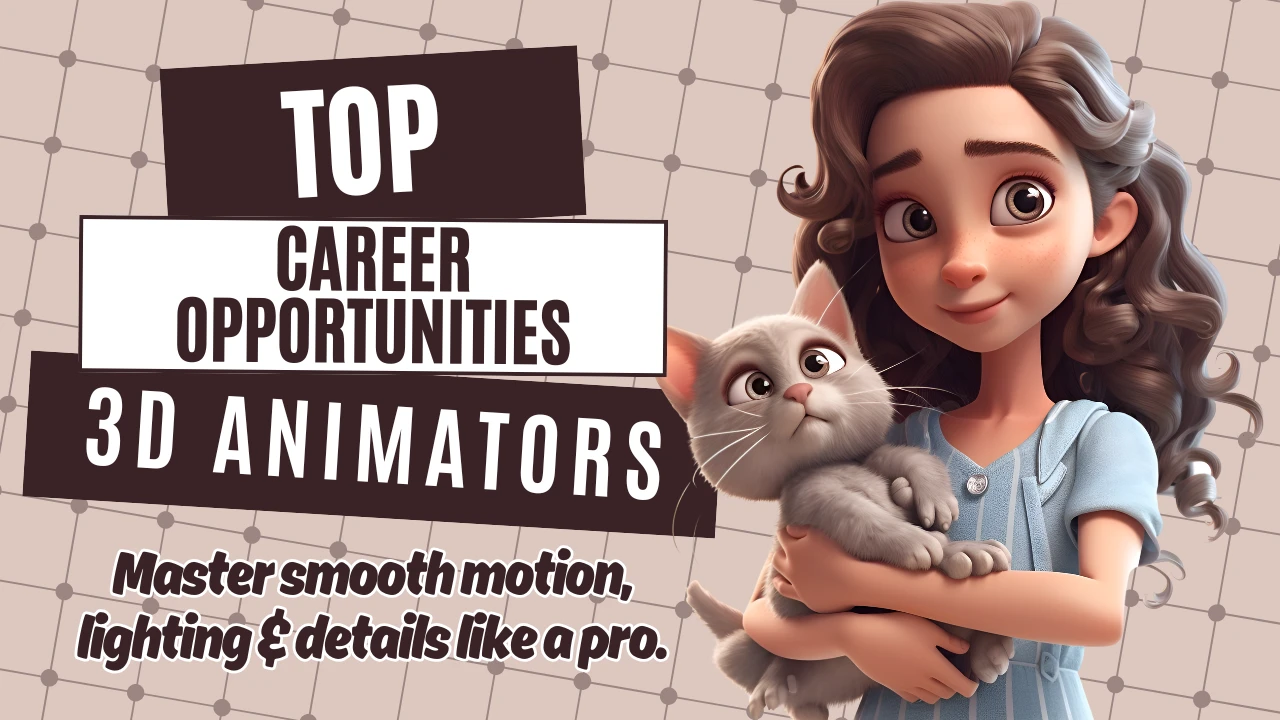
August 21, 2025

July 25, 2025
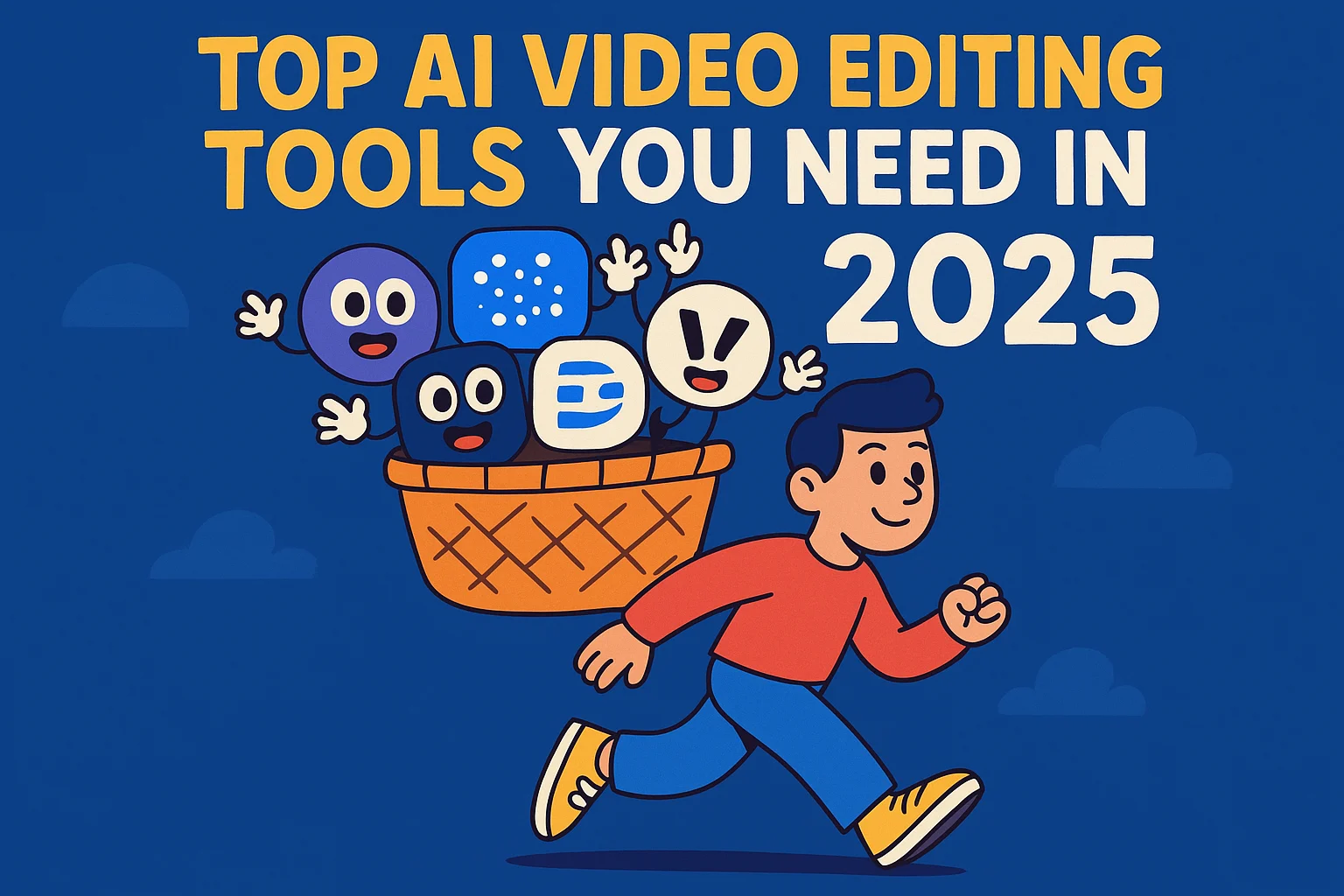
July 25, 2025
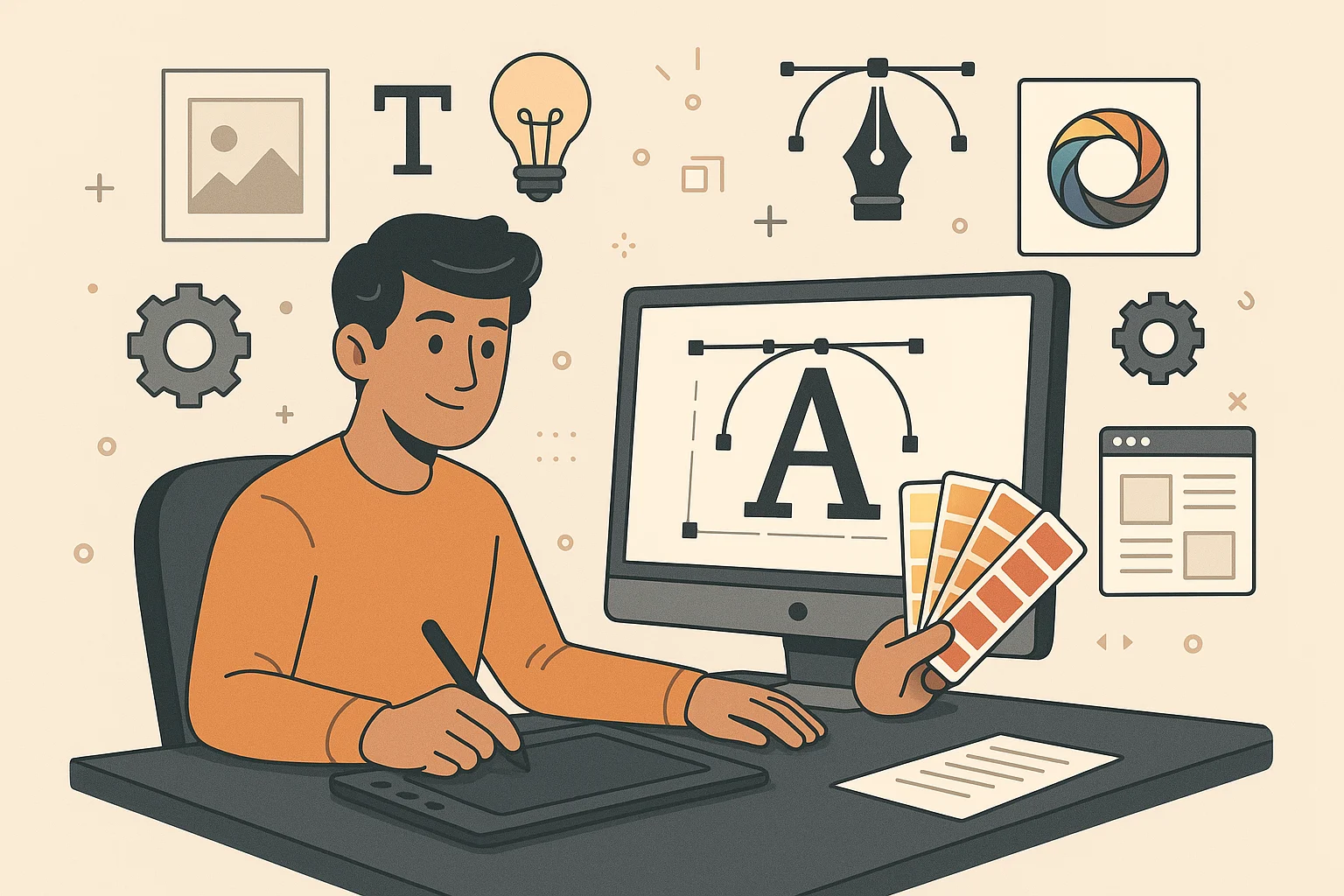
July 24, 2025
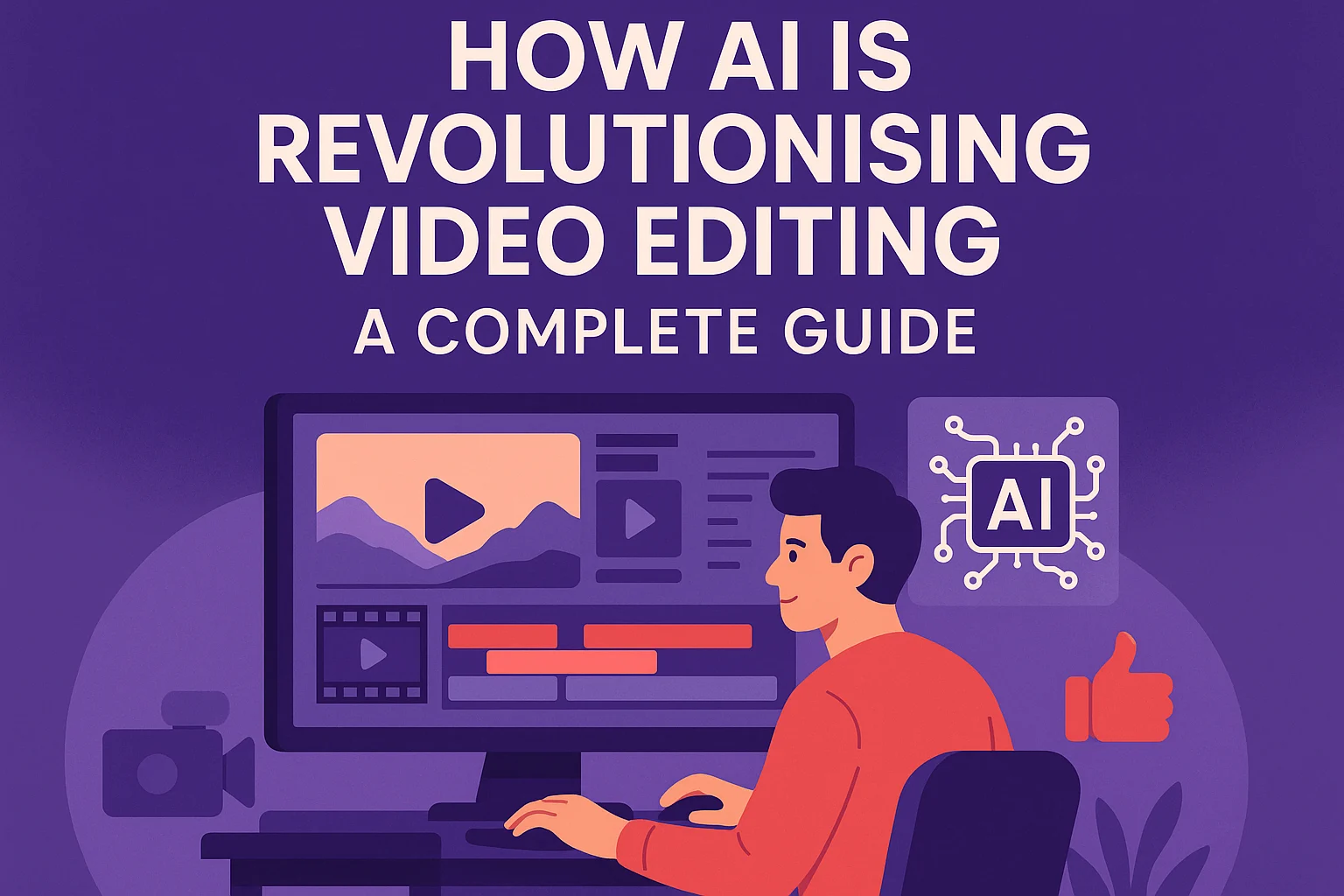
July 21, 2025
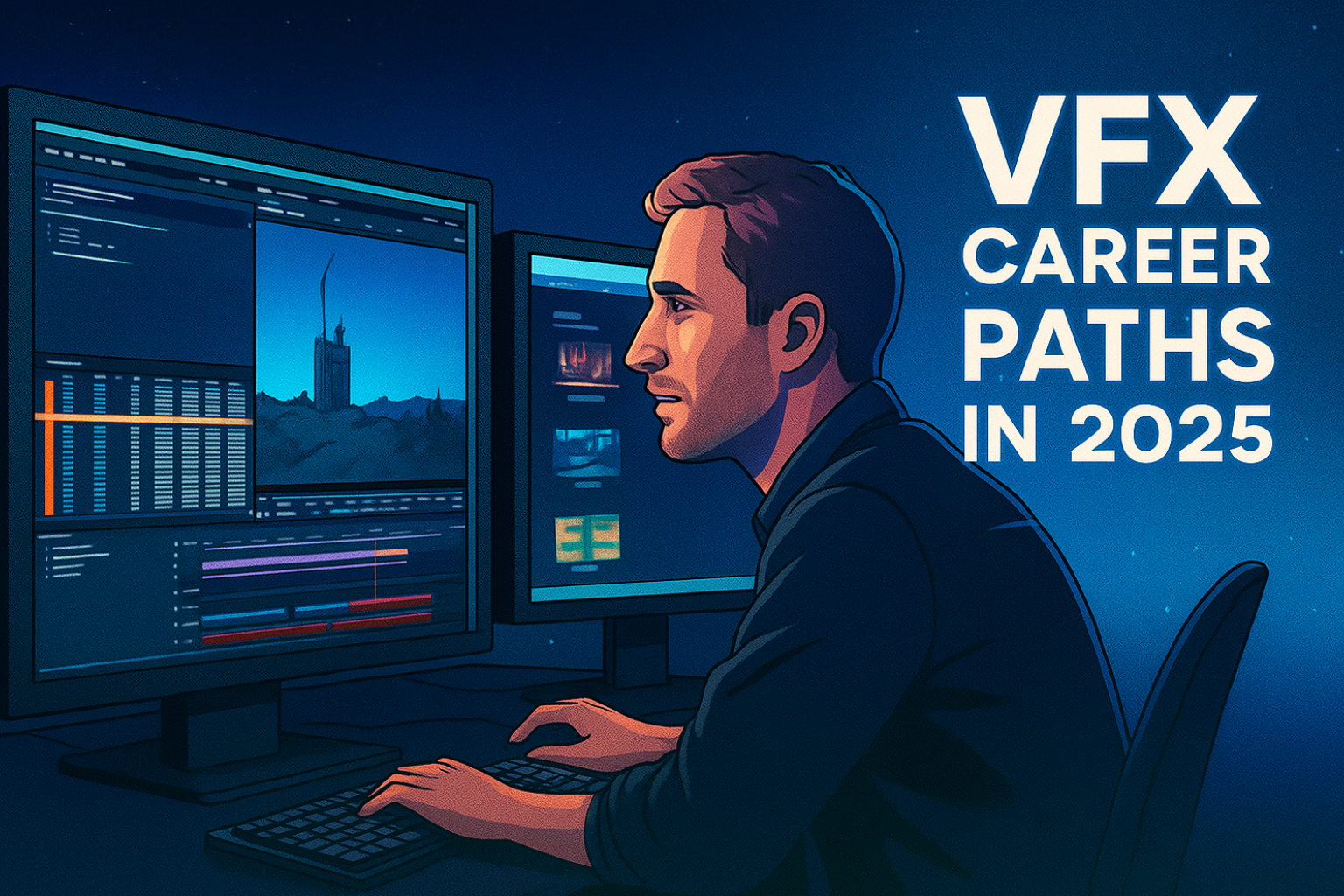
June 30, 2025
June 30, 2025
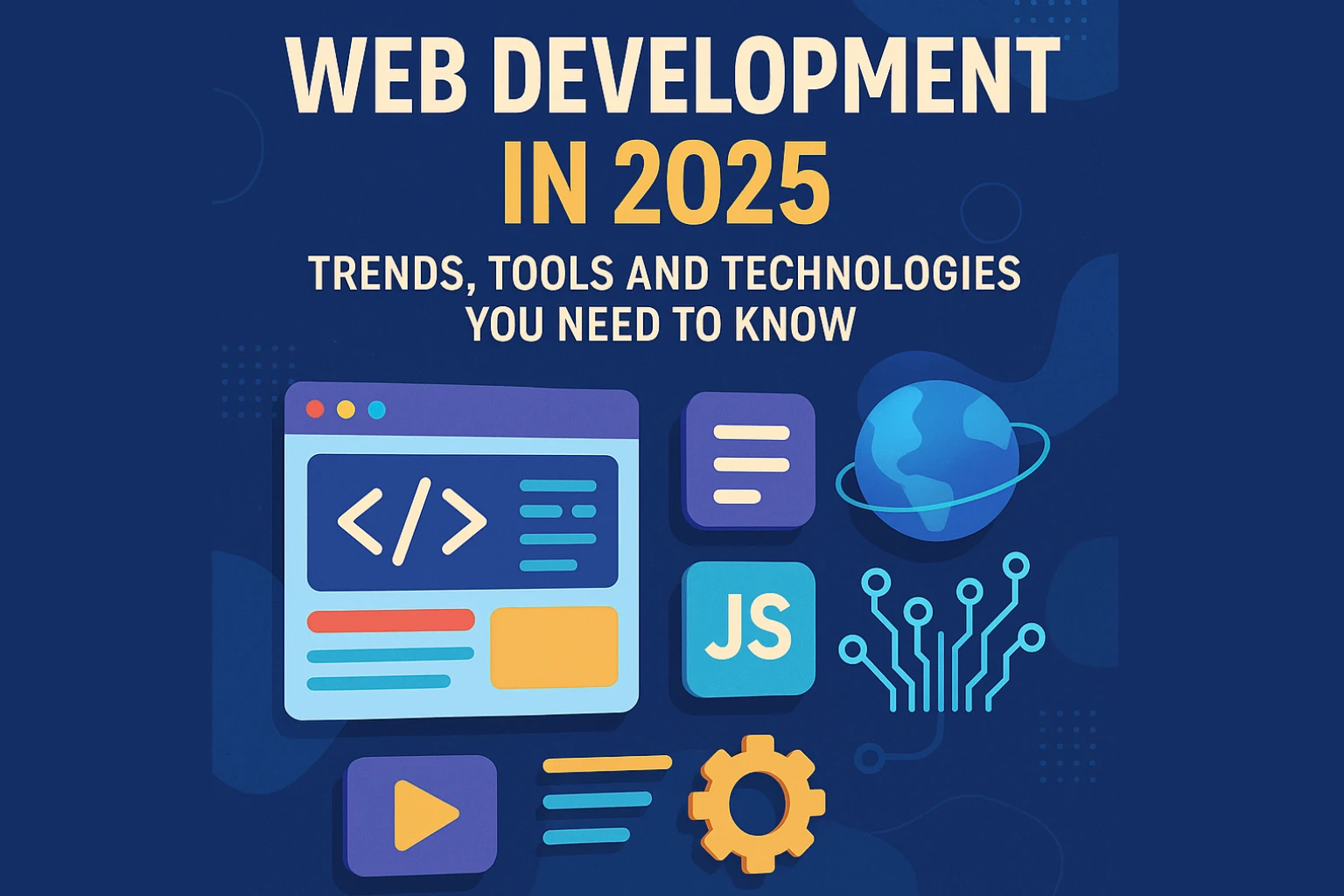
June 30, 2025
June 30, 2025